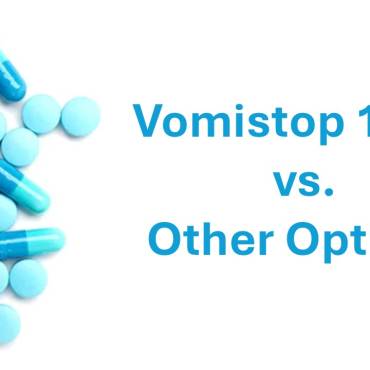According to research, it is estimated that up to 15 million people in the USA have a food allergy. Food allergy affects up to 6 to 8 percent of children under the age of 3. If you have an unpleasant reaction to something you have eaten, you might think if you have a food allergy. The condition is commonly suspected and is diagnosed less frequently by the health care specialist.
Foods that are known to cause skin allergy and most allergic reactions in adults to include peanuts, tree nuts, fish, eggs, milk, and wheat.
A food allergy is an abnormal response of your immune system to certain foods. An allergic reaction to food can cause itchy skin rash, and others can cause serious illness and in some cases, death.
If you think you are allergic to one of these foods, talk to your health care specialist and clear your doubts. Your health care professional may prescribe your allergic medicine to treat your condition.
Common Food Allergies
- Milk – One of the most common types of food allergies is to dairy products. Many people confused with lactose intolerance, but when someone is allergic to dairy, the symptoms will affect much more than just the digestive tract. A milk allergy occurs when the immune system doesn’t recognize dairy products and attacks it by producing histamines. People with a milk allergy can develop severe symptoms such as breathing difficulties or an uneven heartbeat.
- Peanuts – Peanut allergies are another common childhood allergy that can remain into adulthood. The reason why people develop peanut allergy is still not understood, and it is believed that people with a family history are more likely to develop peanut allergies. Allergy from peanuts affects around 4 to 8 of children and 1 -2% of adults. However, in around 15 to 22% of children, peanut allergy resolves as they move into their teenage years. A peanut allergy may cause a severe health condition that in turn cause a severe allergic reaction. The only effective way to treat peanut allergy is to avoid the peanuts or peanuts containing products completely. However, new solutions are being made for treating children with peanut allergies. It is believed that giving a small number of peanuts under the supervision of healthcare specialist in order to desensitize them to the allergy.
- Wheat – An allergic reaction to wheat is a response to a protein found in the wheat. The type of allergy is more likely to affect children the most. However, most children outgrow allergies to wheat this food allergy by the time they reach ten years of age. An allergic reaction may cause hives, digestive distress, vomiting, swelling, rashes, to severe anaphylaxis.
- Soy – According to data, it has been estimated that soy allergies affect around 0.4% of children and it is most likely to develop in infants and children under 3 years of age. A soy allergy is thought to be triggered by a protein in soybeans or products that contains soybean. Although, most of the children who are allergic to soy outgrow their allergies as they age. The symptoms include an itchy, tingling mouth, rash, breathing problems, runny nose, and asthma.
- Tree Nuts – A tree nut allergy is an allergic reaction from eating seeds that come from trees. Another common type of food allergy is tree nut allergy which is very common. Tree nuts include almonds, walnuts, brazil nuts, cashews, pine nuts, pistachios, macadamia nuts. A person having tree nut allergy will also be allergic to food products made with any of these nuts. It is advised to avoid all types of nuts and nut oils even if a person is allergic to one or two types of nuts to eliminate tree nut allergy from your life. Being allergic to one kind of tree nut increases your risk of developing an allergy to other tree nuts.
- Eggs-An egg allergy is the second most common food allergies in children. In most of the children, the allergy disappears once they cross 16 years of age. Symptoms of an egg allergy include:
- Digestive tract problems such as stomach pain
- Skin reactions such as a rash or a hive
- Respiratory issues
- Anaphylaxis (a rare allergic reaction)
- Shellfish- A shellfish allergy is caused by eating any of these:
- Shrimp
- Squid
- Scallops
- Lobster
- Prawns
- crayfish
Symptoms of a shellfish allergy include vomiting, diarrhea, and stomach pain.
- Fish- Fish allergies are common in adults. It can be serious and cause harmful effects. The main symptoms are vomiting, and diarrhea and anaphylaxis occur in rare cases.
Also Read: 5 Ways to Diagnose a Food Allergy



